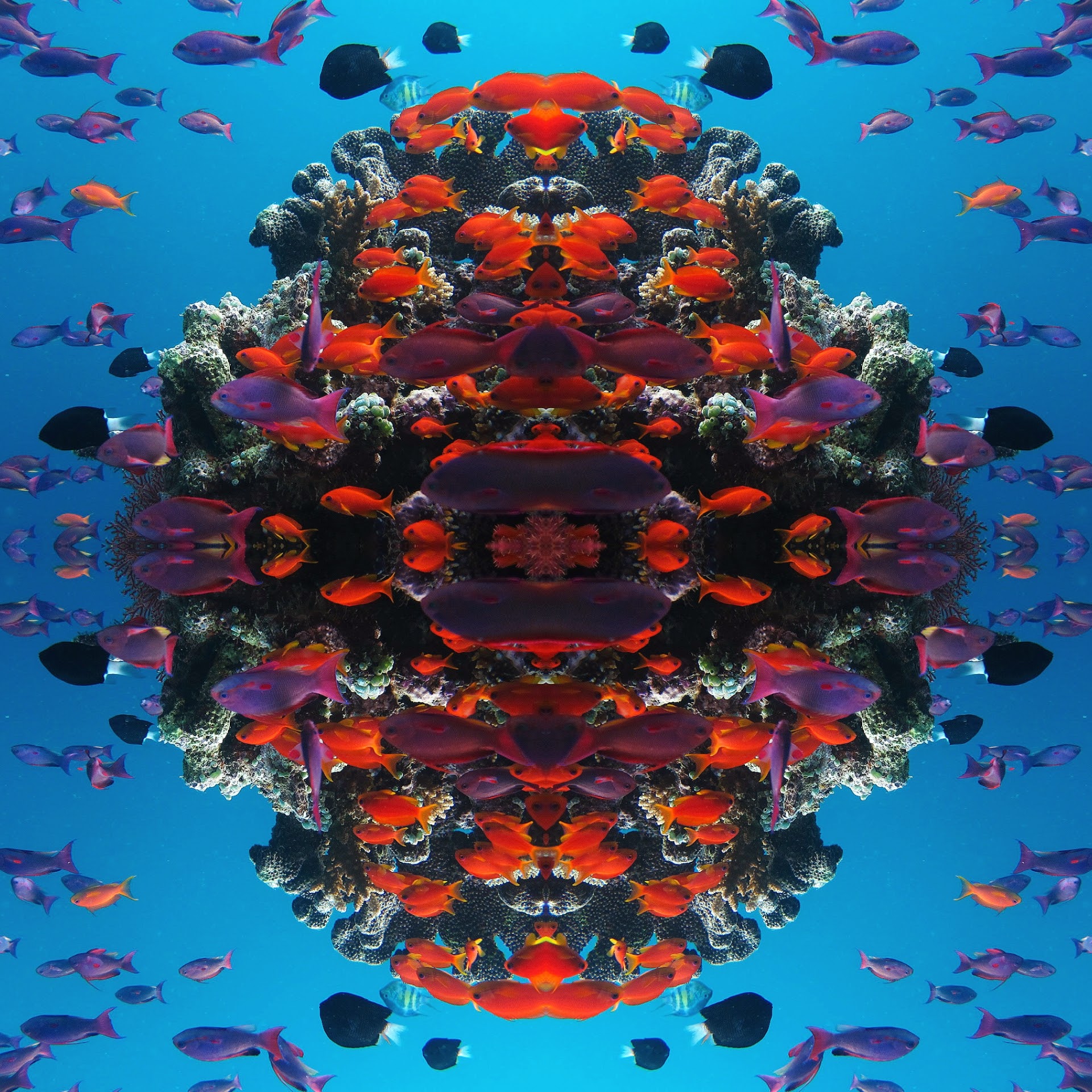Marine Biodiversity
Waters of Argentina and Ecuador
Argentina: The Blue Hole
The oceanographic characteristics of the Blue Hole make the area both a hotspot for wildlife plus a highly attractive area for industrial fishing vessels seeking economically valuable catches of squid or toothfish.
During the high fishing season, from January to July, industrial fishing boats can total more than 400.
The lights aboard a spectacular concentration of squid jiggers, mainly from East Asia, make the edge of the Argentine Exclusive Economic Zone clearly visible from space at night. It is also one of two areas in international waters, where most of the deep-sea bottom trawling takes place.
Fishing vessels operating in the Blue Hole are virtually unregulated, making the Blue Hole a wild west exploited primarily by fishing vessels from mainland China, Korea, Taiwan and Spain. With little regulation, the ever-increasing demand for marine life to eat, and competition for increasingly scarce resources is a recipe for disaster.
Distant water fishing vessels have been known to turn off their satellite positioning systems (AIS) and enter Argentine waters illegally. There is a strong symbiotic relationship between labor abuses and IUU fishing. Where there is weak regulation and poor enforcement, sustainability and human rights inevitably suffer.
Galápagos Waters
The Galapagos archipelago,a UNESCO world heritage site, is located at a point where major ocean currents meet, mixing nutrient-rich cold waters from the south, warm currents from the north, and a deep cold current from the west. This convergence of ocean currents has combined flora and fauna from contrasting environments and has resulted in unique marine species. Almost 20% of the marine life in Galapagos is not found anywhere else on earth, which is rare for marine species, which tend to migrate and intermingle to a much greater degree than land-based species.
The Galapagos Islands are home to the world’s only marine iguana and the northernmost penguin. Coral beds share the same waters as sea lions. Galapagos is one of the only places where you can see species that do not live near the ocean floor or near the coast, such as tuna, spotted eagle rays, golden rays and hammerhead sharks. No other place in the world presents such a diversity of marine life forms.
Last year, more than 300 Chinese fishing vessels (many designed to hold 1,000 tons of catch)waited at the marine preserve’s border, ready to snatch up sea life as it migrated south toward the waters off Peru and Chile.
By some estimates, China has a “distant water” fishing fleet of 17,000 vessels that has been involved in fishing conflicts off the coasts of West Africa, Argentina and Japan in recent years. Now this fleet is triggering similar anger from Latin American nations highly dependent on their robust near-shore fisheries. This is terrible for the species that the Ecuador has protected along with the plastic pollution thrown overboard.
